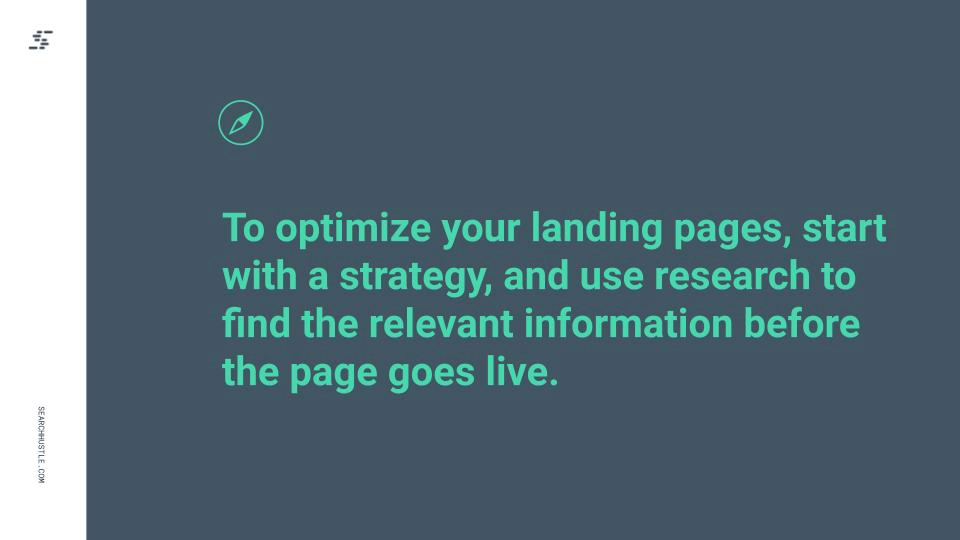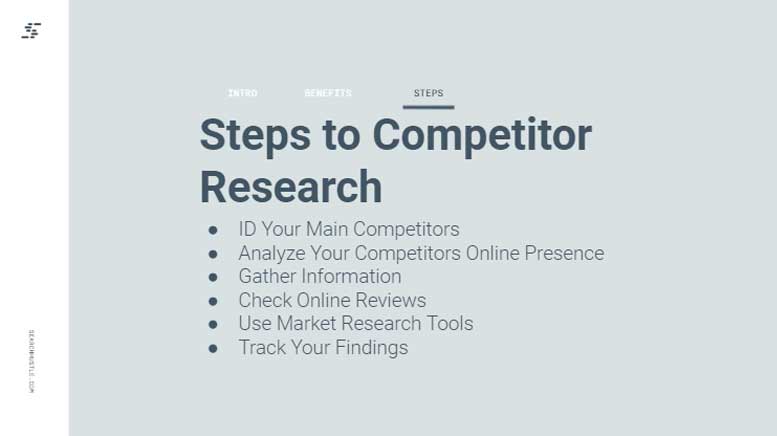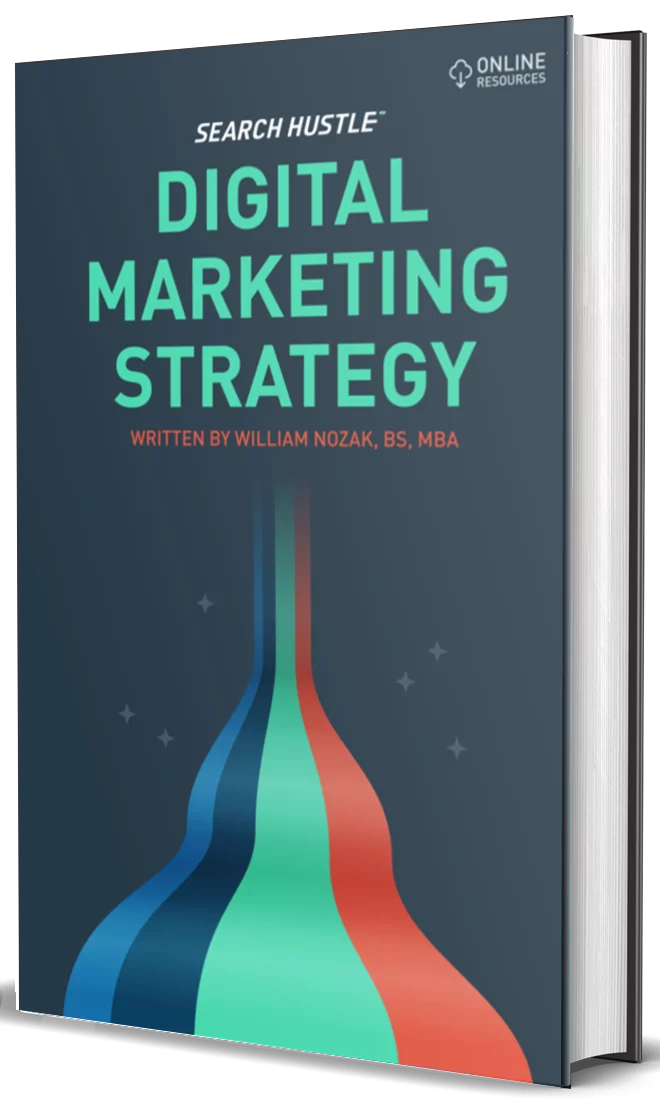Landing Page Optimization (LPO)
The world of search engine marketing (SEM) can seem complicated – almost alien. This is especially true when you consider specific terminologies and technical abbreviations. One term it pays to be familiar with is “landing page.”
To succeed in any online endeavor, you must know and understand what a landing page is. Understanding why landing pages are so important is key. A great landing page can make a massive difference in conversions. Cross-industry, you’re looking at an average landing page conversion rate of 2.35%. However, at the top end of the scale, the highest-hitting pages see conversions of between 5 to 11%.
What is a Landing Page?
The answer for online marketing is a page designed to receive viewers from external sources.
Completely separate from a home page, interior page, or any other part of a website. This way, there is a chance to interact with a viewer before they view any other content.
This interaction is what symbolizes the landing page. A landing page should allow you to collect important data or deliver a promotion to the visitor. For instance, you can create a landing page with a place to register an email in exchange for a coupon or other offer.
The best landing pages are click-through. This means they lead a visitor to click through to another area of a site. This can bring viewers straight to the e-commerce section of a website, down into a form, or some other area of interest. Doing this can help convince the user of the value to register or provide the specified data you need them to view.
When engaging in a promotion, a specific link to a specific landing page can be used to attract different portions of your user base or to keep certain areas of the website separate.

How Do I Optimize My Landing Pages?
To optimize your landing pages, start with a strategy, and use research to find the relevant information before the page goes live. Survey your audience and use research tools to provide the information your audience is looking for.
Here are 10 ways to optimize your landing pages:
1. Know your audience:
Understanding what your audience is searching for is crucial in digital marketing. By researching your competitors, creating buyer personas, conducting surveys, and engagement will give you a better understanding of your audience.
2. Simplify your landing page:
Get rid of the visual clutter and get down to brass tacks. Try to create a landing page that speaks volumes without very many words or images.
3. Add contact information:
Put your contact information directly on the page or use a contact form.
4. Be consistent:
Make sure the text, imagery, and message of your campaigns are consistent with your website.
5. Different headlines and copy:
Try using different headlines and copy to determine what resonates with your audience.
6. Customer reviews or testimonials:
Don’t be afraid to use customer reviews to help convert the undecided.
7. Use SEO:
Research keywords, use fresh and relevant content, and come up with a visibility strategy that will help your site rank higher on search engines.
8. Make your offer clear:
Determine your customer’s specific goal, and turn that goal into a headline that grabs the customer’s attention.
9. Use contrasting colors:
Think about the color and clarity of the page and make great use of contrast.
10. Place important information "above the fold":
In the newspaper business, all of the important headlines are “above the fold” telling the reader which story is the most important. The same can be said with a landing page. Put the relevant information “above the fold” which basically means “the main screen before you scroll down.”

Landing Pages Focus on Conversions
Since landing pages focus on conversions, the effectiveness of the page is paramount. That’s where LPO comes in. To get the highest possible conversion rate, optimizing a landing page just makes sense for your business. This can help lower costs, acquire more customers, and maximize the value of your digital marketing.
When optimizing a landing page, do your research before you do anything else. Have a plan and figure out how to execute that plan before you even think about publishing the landing page. Optimization without research is basically just a hunch, and hunches rarely work in digital marketing. By doing research to enhance each element of the page, you are setting yourself up for success. Since these pages are about conversions, you want to have an optimized page that is clear and precise.
Landing Pages Need Tweaking
It’s very rare that anyone creates the perfect landing page on their first try. Landing pages need to be tweaked over time, and analyzing any data, especially conversion rates, can direct you on where your landing page needs to be. Don’t just publish landing pages and walk away. Use the information gleaned from the data and make the necessary changes.
How Does a Service Page Differ From a Landing Page?
Landing pages are different from service pages. A service page is about what a company can do and how great they are at it. This page is more about involving your customers while also focusing on features and benefits. Try to identify a customer’s pain points, and come up with a solution. Most companies create a single page per service. These pages often have customer reviews and testimonials from people that have benefited and enjoy your product or services.
How Does a Home Page Differ From a Landing Page?
Home pages are for exploration, and landing pages are about conversions. Home pages offer general information about the company while encouraging the customer to explore the website more. The home page is basically the front door to the website, and it is the customer’s first impression of the company.
How Does a Squeeze Page Differ From a Landing Page?
A squeeze page is a landing page, technically. A squeeze page is a specific type of landing page that is generally shorter than an actual landing page, containing little to no images and very minimal text. The purpose of a squeeze page is to solicit a person’s phone number and email address. This option is an “opt-in” service where the customer decides to provide this information, meaning they are at least interested in what your company is offering.
When Something is Wrong With Your Landing Page
If you are experiencing a high volume of traffic to your website but your conversion rate is low, something is probably wrong with your landing page. But don’t worry because this is an easy fix. By focusing on just a few of the elements of a landing page you can completely change the look and feel of the page, making it more engaging.
Is it the color and design of your site?
The color, design, and copy could be the success or detriment of your site, so choose the right colors that won’t turn off your readers. Oftentimes, conflicting colors work with readers.
Is the offer on the landing page wrong for your audience?
Maybe the offer or hook you are presenting to your readers doesn’t resonate with them, which can hurt conversions.
Is the product the right product?
Sometimes, the product being offered isn’t desirable enough to convince consumers to purchase.
Chances are, you’ve experienced several, if not all, of these examples, and tweaking your landing page to fix those things is the definition of landing page optimization. Create a blueprint to set yourself up for success. This will help determine your customer’s wants and needs, and leads can then be converted into sales. The goal of a good landing page is to get conversions, and optimizing the page is a crucial part of digital marketing.
From Good to Great Landing Pages
Beyond UX optimization, certain strategies can take your landing page from good to great. Let’s look at the fundamental best practices to make an effective landing page.
Target a Specific Audience
Remember, you aren’t limited to the number of landing pages you utilize. This means you can optimize each landing page for the specific customer who will view it. Tailoring the content on each landing page allows more appeal and can help nurture the growing lead and bolster your relationship with clients.
Focused Content
A landing page needs to be concise and focused. The end goal of any landing page is to give the customer what they want. This, in turn, increases the chance you will get leads and traffic to your site. Don’t distract the viewer with anything that could decrease their engagement with the content or take them away from the journey you’ve mapped out for them.
Gateway to Other Channels
A great landing page can be a stepping-off point to other aspects of a website or registration process. If a customer has a positive experience, you can now offer links to additional goods and services and links to your social media and sign-up lists. This draws the customer into making a deeper connection with the business.
Provide Special Offers
A great landing page will provide a special offer for the viewer. This is done to entice a click, registration, or even a purchase. Special offers without a home won’t do you any good, so use the landing pages as a place for special offers to exist and get exposure to new and potential customers.
Forms Need to be Simple
The last thing anyone wants to do is to chase away a prospect. If your email registration forms are too complex, they can become intimidating or concerning for a potential customer, which can result in a lower conversion rate.
Don't Forget to Thank the Visitor
The landing page (or whatever registration process or sales mechanism is used) should always end with a thank you to the user. This retains a positive connection to the company and can cement a great first impression if everything is done right.

Ready to Take Your Search Hustle Further?



